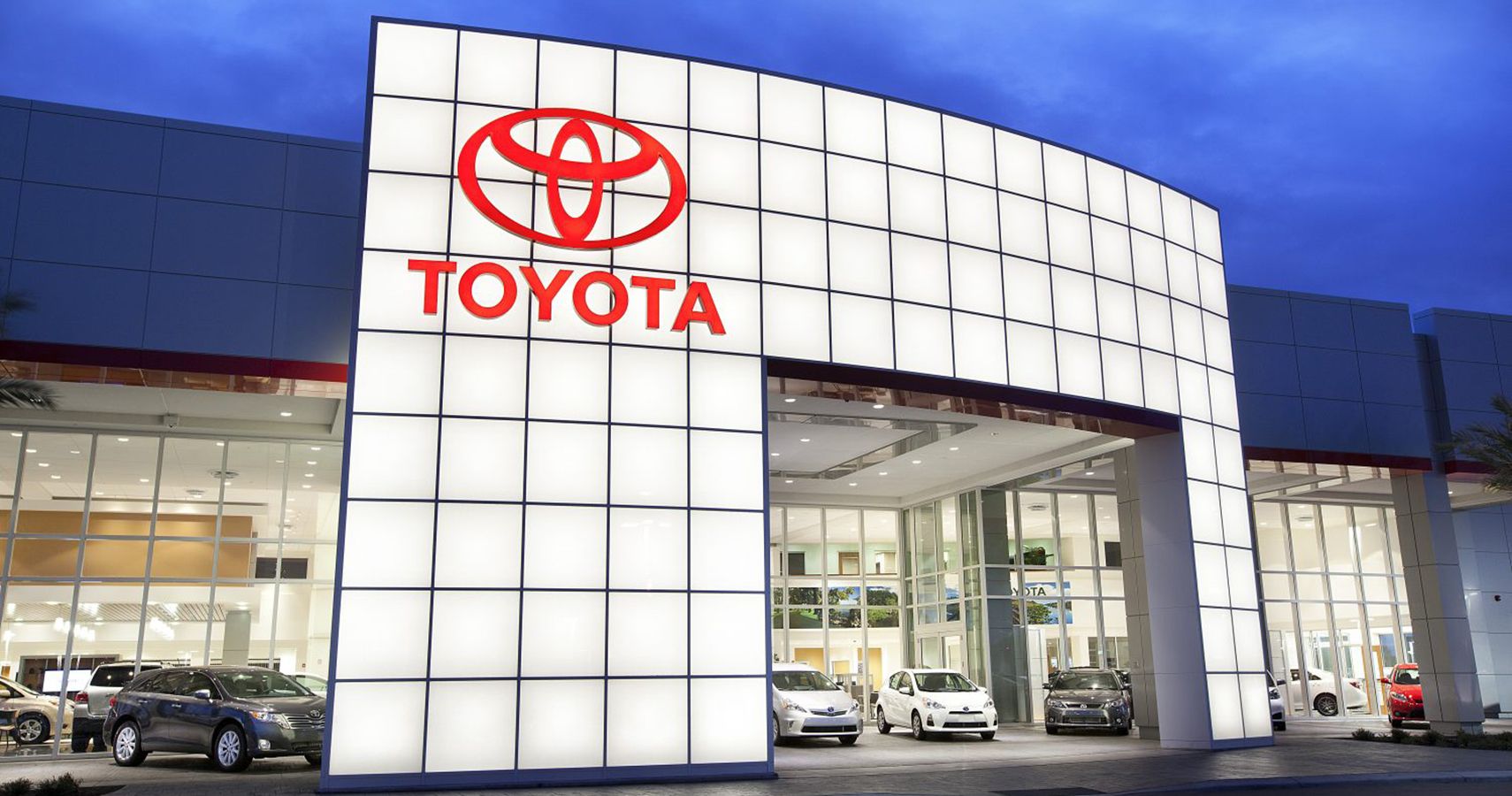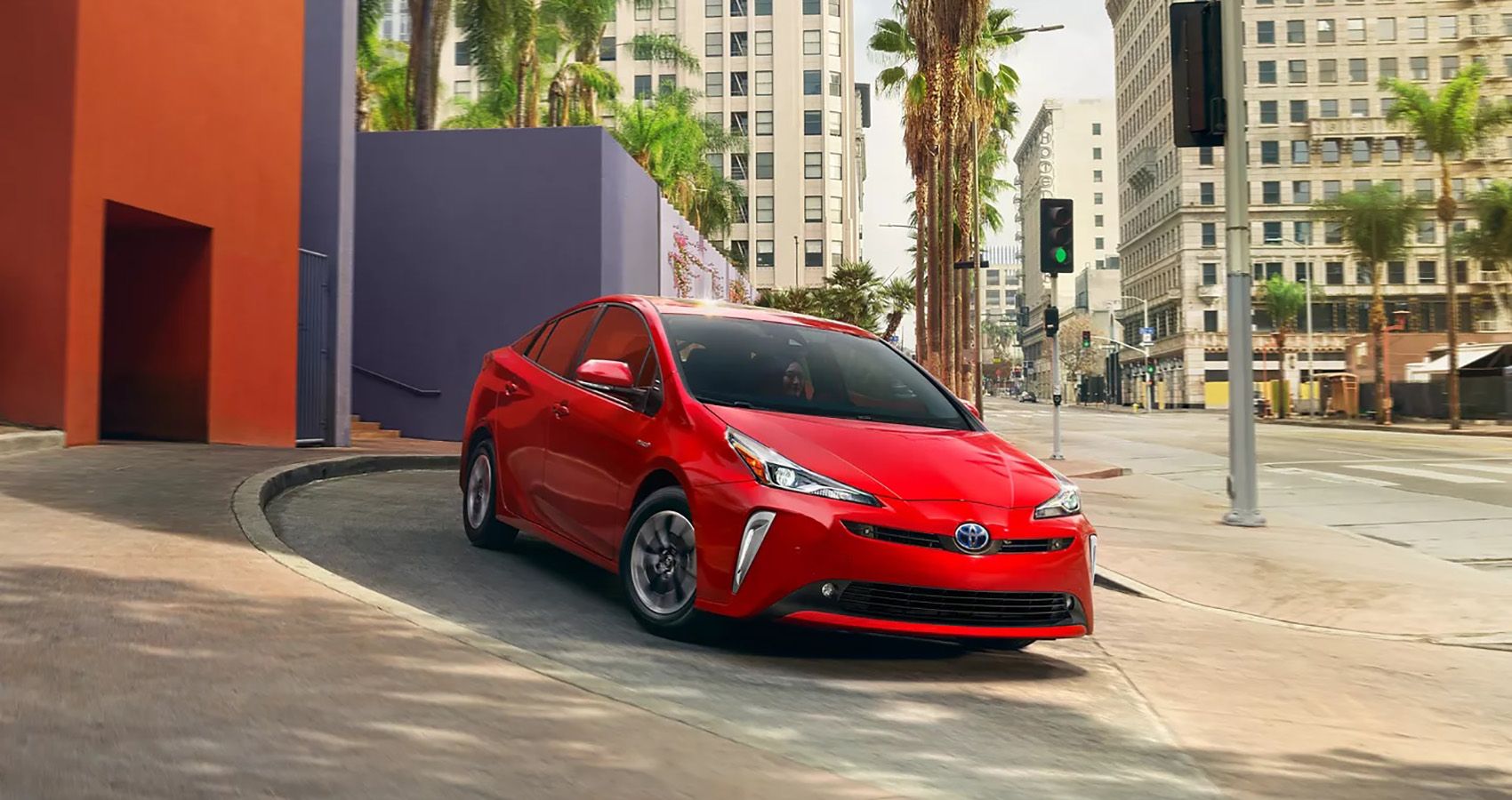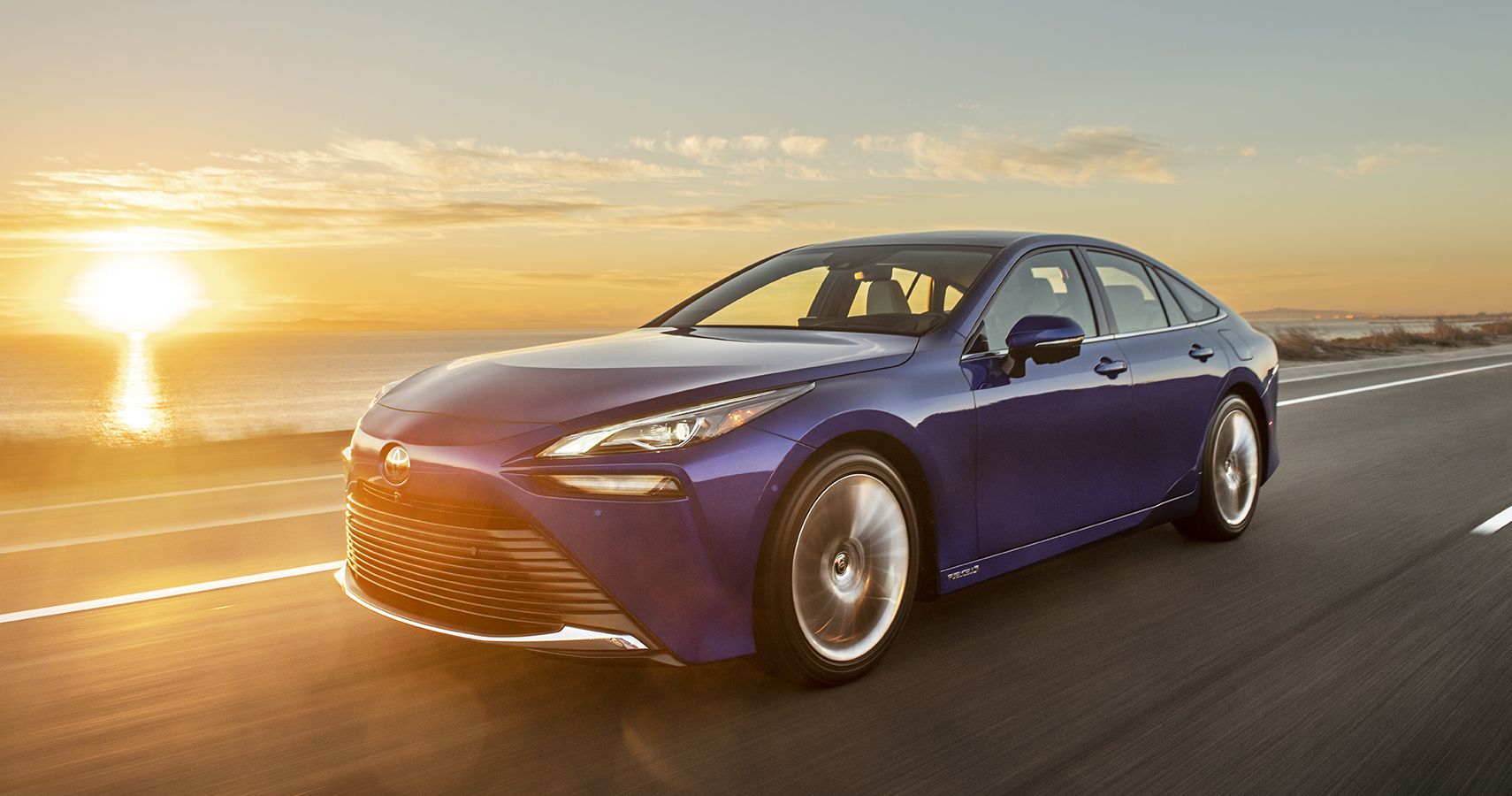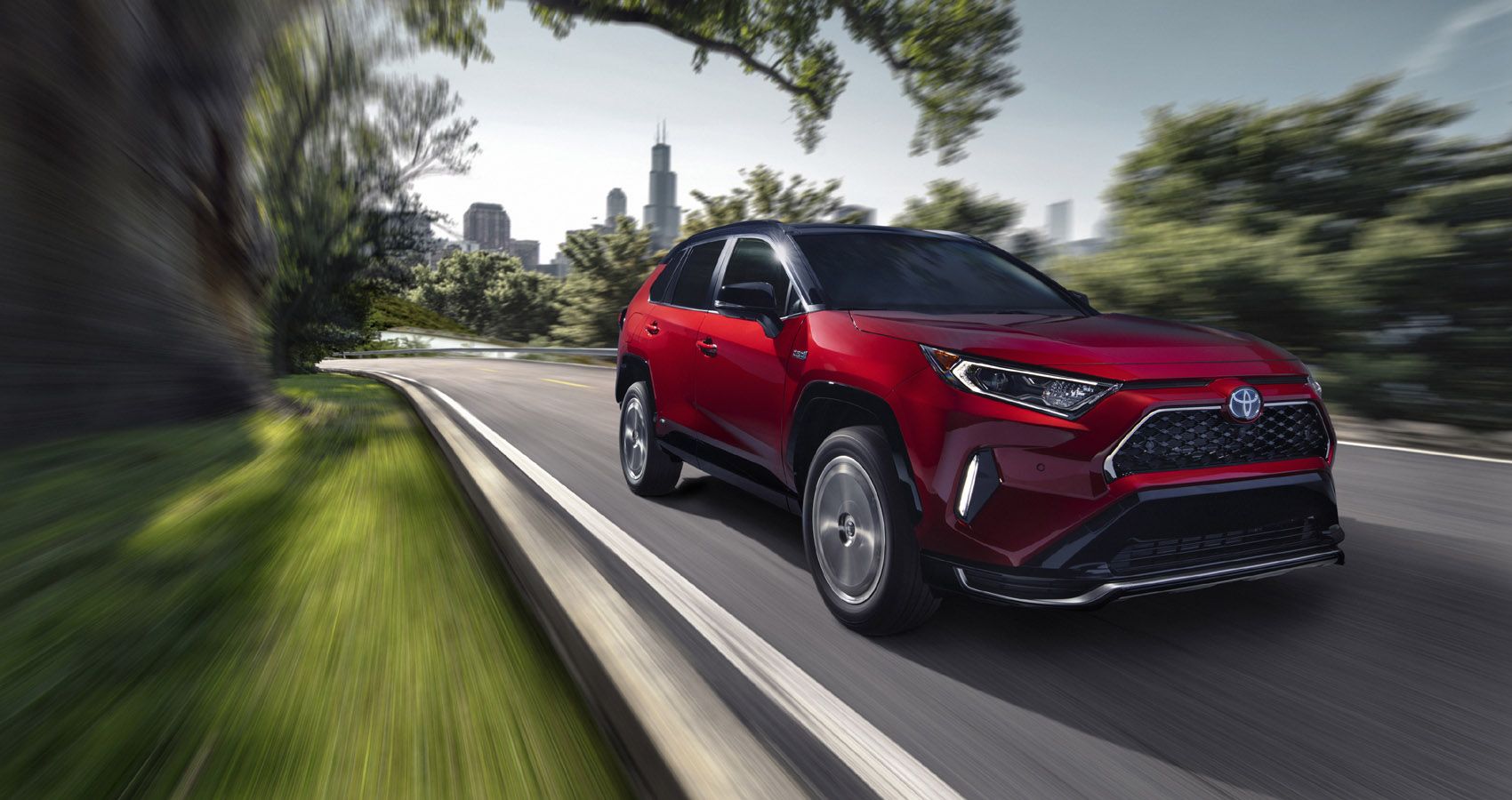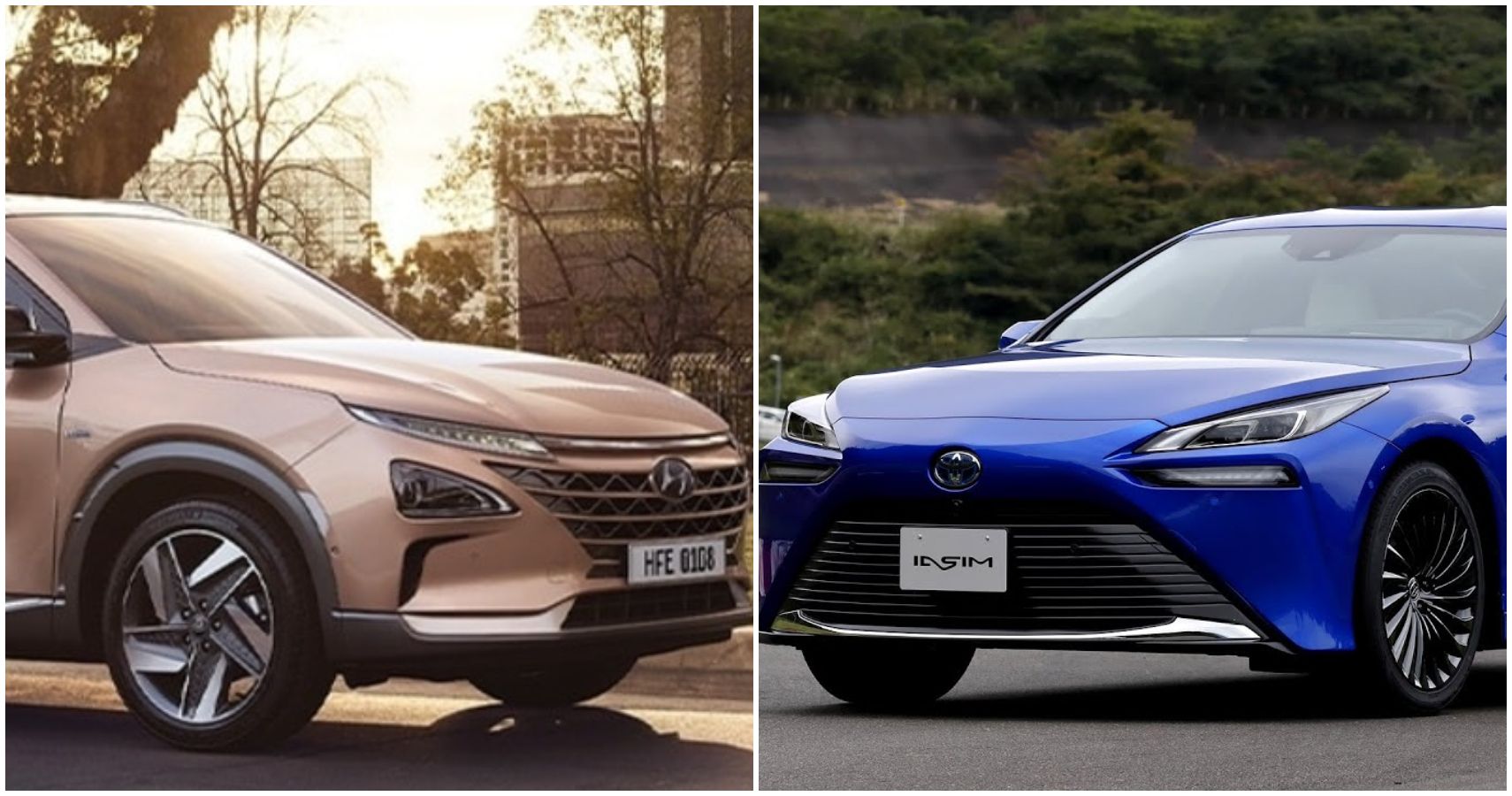It’s no surprise that electric mobility is hailed as the future. The argument made against the soon-to-be-obsolete internal combustion engine is that it’s polluting. However, there’s no denying that EVs—at least in today’s market—are still a cause for pollution. Just not in the conventional sense.
Unless the energy we use to power EVs becomes sustainable end-to-end, it’s not zero-emission. Sustainable energy is where the world is headed. However, much of the efforts today are still in their infancy. Ease of use and convenience play an important role when adopting any new form of technology.
That’s where Toyota comes in with its diverse portfolio. It’s one of the very few brands (along with Hyundai) that offer electric, hydrogen, hybrid, and conventional combustion cars in 2022. But the Japanese brand is not entirely sold on the EV trend. According to News Australia, Toyota says that environmentally conscious drivers should think twice before buying an EV.
Toyota’s Top Executives Are Calling Out EV Buyers
Matthew Callachor, president of Toyota Australia, sheds light on how drivers who use their cars for short trips may be overcapitalizing on EVs with enormous battery packs. If you’re recharging a 300-mile BEV (battery electric vehicle) every night for an average commute of around 30 miles, then you’re not getting any carbon-reduction benefit from 90 percent of the battery cells.
Over in Australia, Toyota has sold more than 300,000 hybrids so far. According to Toyota’s calculations, those 300,000 hybrids have had the same impact on reducing CO2 as approximately 90,000 BEVs. However, the volume of batteries they’ve used to produce these hybrid-electric vehicles is the same as roughly 4,375 BEVs. In other words, the batteries needed for these 4,400-or so BEVs have been used to achieve the CO2 emissions reduction effect of roughly 90,000 BEVs. Mr. Callachor points out, “even if the best choice for the average person someday becomes a BEV, it will not be the best way for every person to reduce carbon emissions. We cannot assume that one size fits all.” Diversification is key.
According to Drive, the sales and marketing boss of Toyota Australia, Sean Hanley, said, “the enemy here is carbon—not the powertrain.” Toyota is in full support of achieving carbon neutrality. However, the only thing the Japanese brand disagrees with is how the company achieves it. Mr. Hanley notes, “we believe you have to have a diverse range of technologies to reach a carbon-neutral position.”
Toyota is positive on EVs. It’s just that the company prefers perfecting the concept before jumping on the bandwagon. In fact, Toyota has invested heavily into solid-state batteries, which offer better range, dramatically quicker charge times, and roughly thrice the longevity of Li-ion cells. Toyota even plans to introduce sold-state-powered hybrids as early as 2025.
Let’s Talk EV Pollution And Sustainable Alternatives
Jason from Engineering Explained points out in this RAV4 Prime video that the difference in overall pollution between a hybrid and an EV is not that big at the moment. Because electric mobility is a fast-growing industry, improvements are quite substantial with every upgrade. Therefore, your recent purchase could be outdated pretty soon, much like mobile phones from a couple of years. Because of this, there could be a massive pile of E-waste heading our way.
Electric vehicles aren’t the only solution for the future— fuel cells along with alternative eFuels could co-exist. The most significant advantage of an FCEV (fuel-cell EV) is the lack of charging times. Because it uses fuel-cell energy to generate electricity, you only need to replenish the fuel, and the car is back to normal. In the case of an FCEV, hydrogen is the common fuel source. Whenever it gets down, go to a filling station and get a full tank, just like filling gasoline. The Hyundai Nexo and Toyota Mirai are examples of this.
Alternative fuels are one way to keep existing vehicles on the road instead of rendering them obsolete. It’s one possible way for ICEs and EVs to co-exist in the future. In an initiative by Porsche and ExxonMobil, Porsche states that their synthetic fuel uses CO2 and hydrogen to produce Methanol forming the basis of what is a sustainable fuel.
We are transitioning into a new future. Experimenting with as many options as we can has better chances of success than forcing everyone to adopt a “possible solution.” Everyone’s needs are different. Let’s not jump the gun and call EV the be-all and end-all of transportation. It’s too early to say anything. We reckon the UK banning the sale of petrol, diesel, and even hybrid vehicles from 2030 is a step in the wrong direction. We understand the motive, but as they say—good intentions do not necessarily guarantee good outcomes.
Sources: Drive, News Australia

